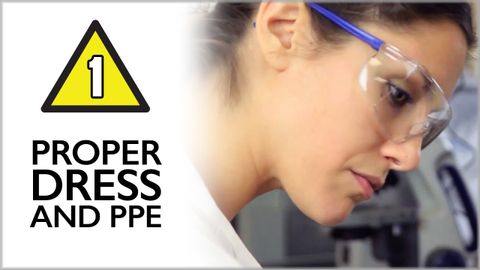
字幕と単語
適切な服装とPPE/ラボの安全ビデオパート1 (Proper Dress and PPE / Lab Safety Video Part 1)
00
kuoyumei が 2021 年 01 月 14 日 に投稿保存
動画の中の単語
work
US /wɚk/
・
UK /wɜ:k/
- n. (c./u.)作品 : 著作物;作品 : 著作物;仕事;職場;作業結果 : 業績
- v.t./i.うまくいく;機能する;働く;努力する;動かす
- adj.仕事
A1 初級TOEIC
もっと見る エネルギーを使用
すべての単語を解除
発音・解説・フィルター機能を解除
